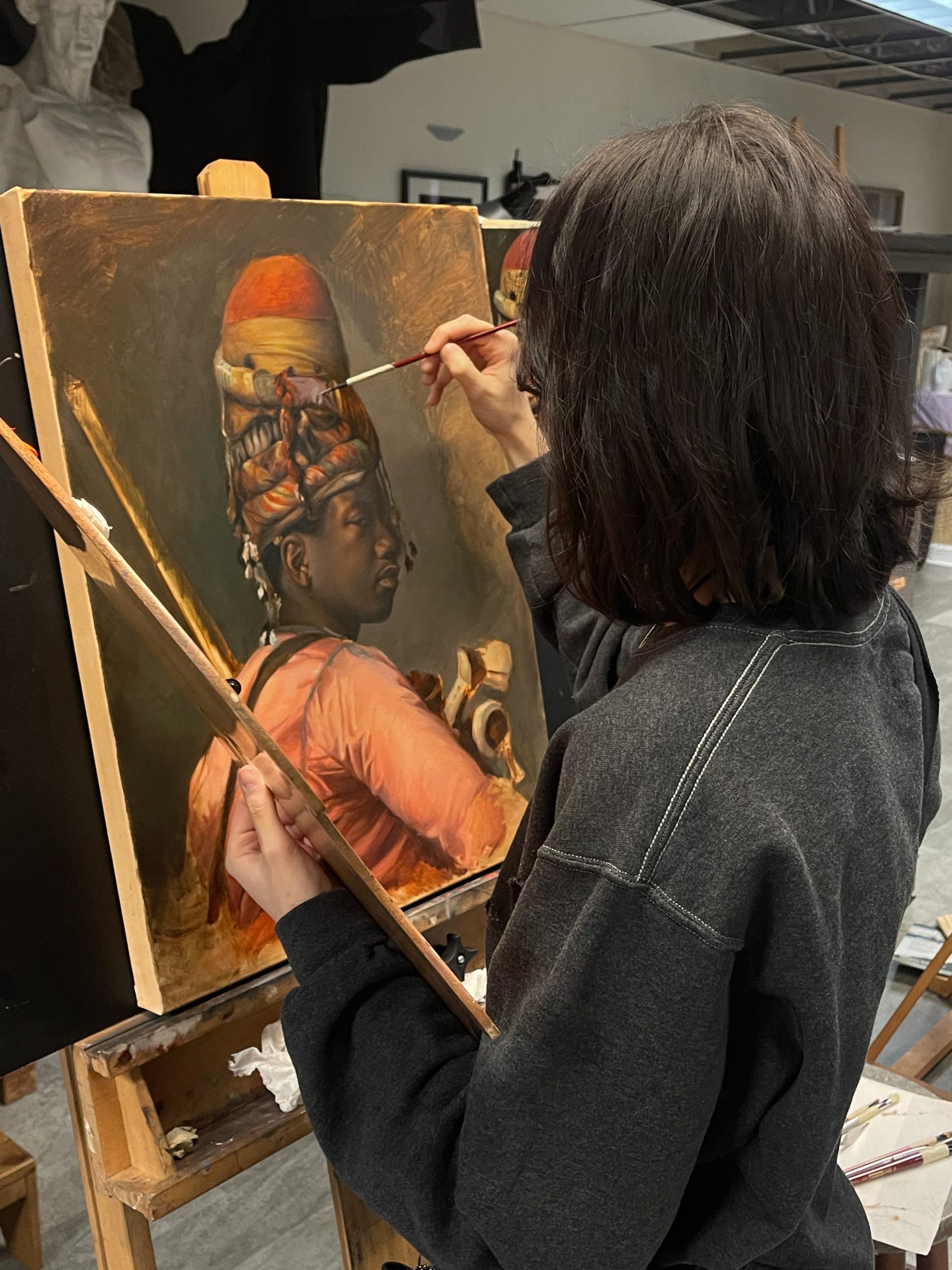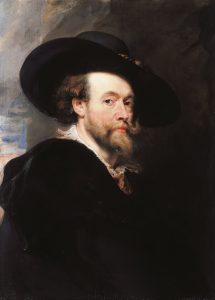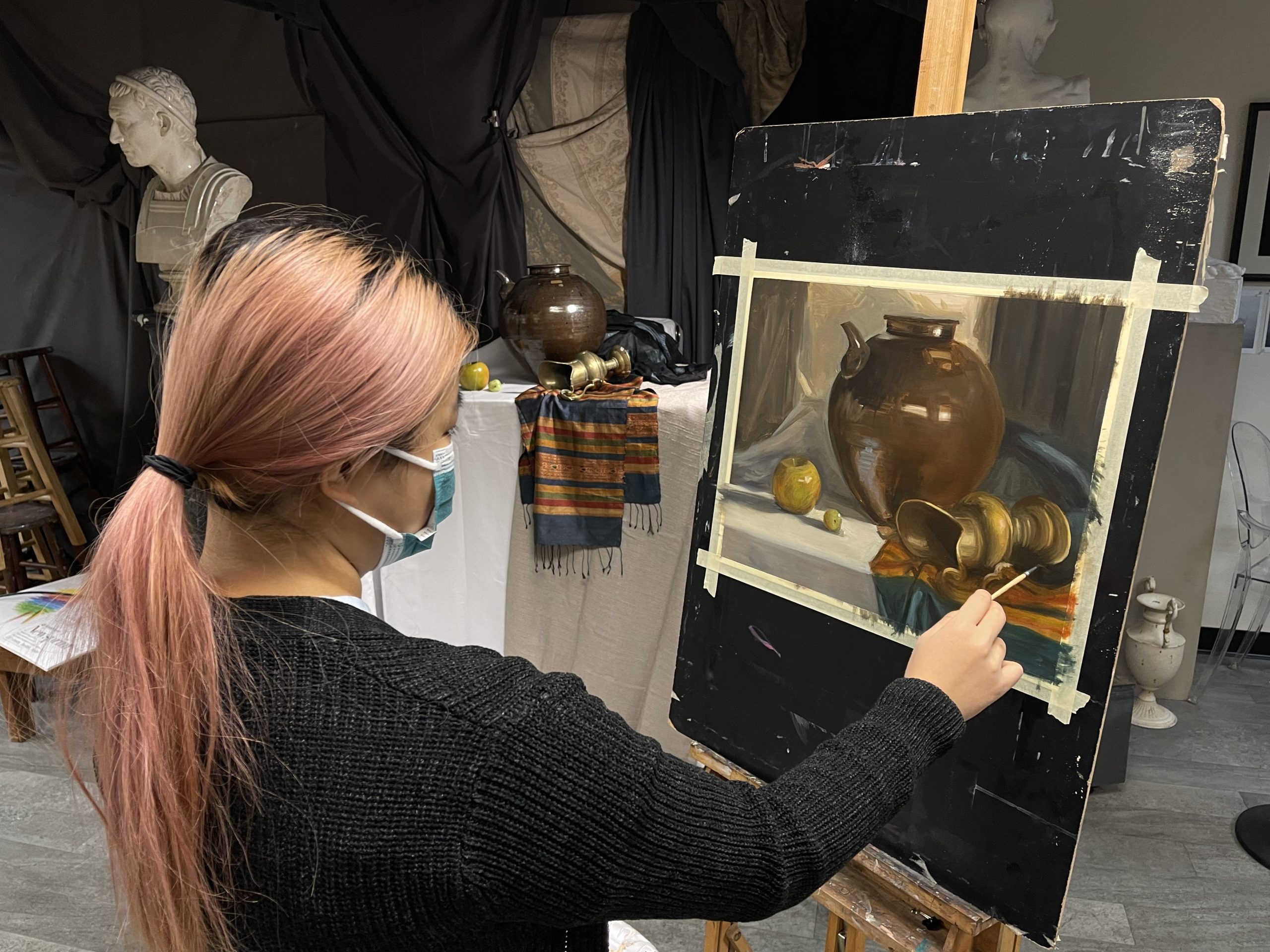Classical art refers to artwork that was created during the Classical Period, commonly recognized as Greek and Roman art. This period lasted roughly 1500 years from 1000 BCE to 450 CE, which corresponds to art created after the decline of the Roman Empire in the 5th century CE. It specifically describes art found in various forms including Greek and Roman Paintings, writings, sculptures, plays, frescoes, and architectural designs.
One of the most classical sculptures is the Greek sculpture. The Greek sculpture emphasizes the depiction of realistic human features. These sculptures are indicative of the standards of the time, such as the prevalence of idealistic proportions, balance, symmetry, and an emphasis on beauty. A particularly famous example of this is Michelangelo’s statue, David, which exemplifies the attention to detail and precision that defines this period.
Frescoes, which are murals painted on fresh plaster, are another notable artistic technique used in the Classical Period. Nowadays, frescoes are difficult to analyze because many of them were destroyed due to various factors such as poor methods of conservation and renovation.
Classical architecture involves wide structures, large columns, and elegant designs. This architecture is still popular today and commonly seen in government buildings. A current real-life example of this is Pasadena City Hall, built in 1927, which includes style elements of baroque, gothic, and Beaux-Arts.

Another work of classically-inspired architecture includes Trevi Fountain, built in Rome in the 18th-century, while the ancient structures of The Colosseum and the Parthenon in Rome and Athens, respectfully, remain standing as architectural giants from the heart of the Classical Period.



Classicism is commonly associated with the depiction of harmony, balance, symmetry, realism, and the beauty of the human form. Classical art involves a lot of discipline, technical skill, and aesthetics which have shifted people’s views of beauty. Classical artwork was used for decoration in temples and public buildings. Some of the artwork commemorates well-known figures or celebrates a victory.
Today, classical art allows us to escape from the busy world and pause to look at the details crafted by artists who sought to interpret this same world many centuries ago.
https://www.artlex.com/art-movements/classical-art/
https://www.atxfinearts.com/blogs/news/what-are-the-characteristics-of-classical-art
https://www.studiobinder.com/blog/what-is-classicism-art-definition/





